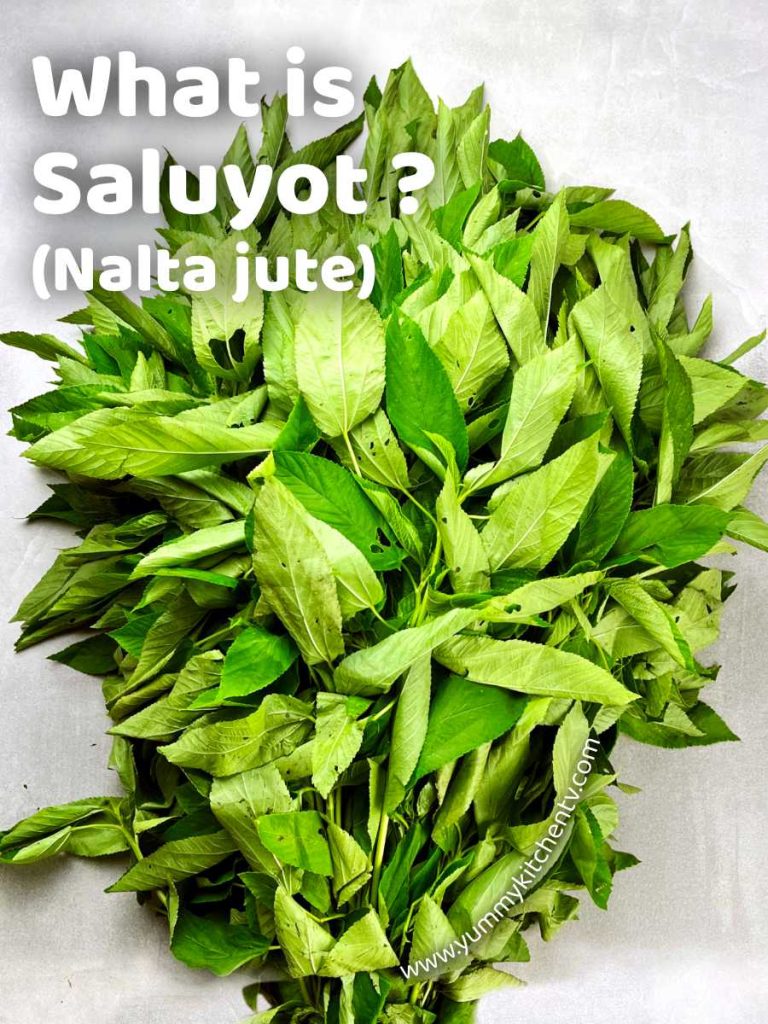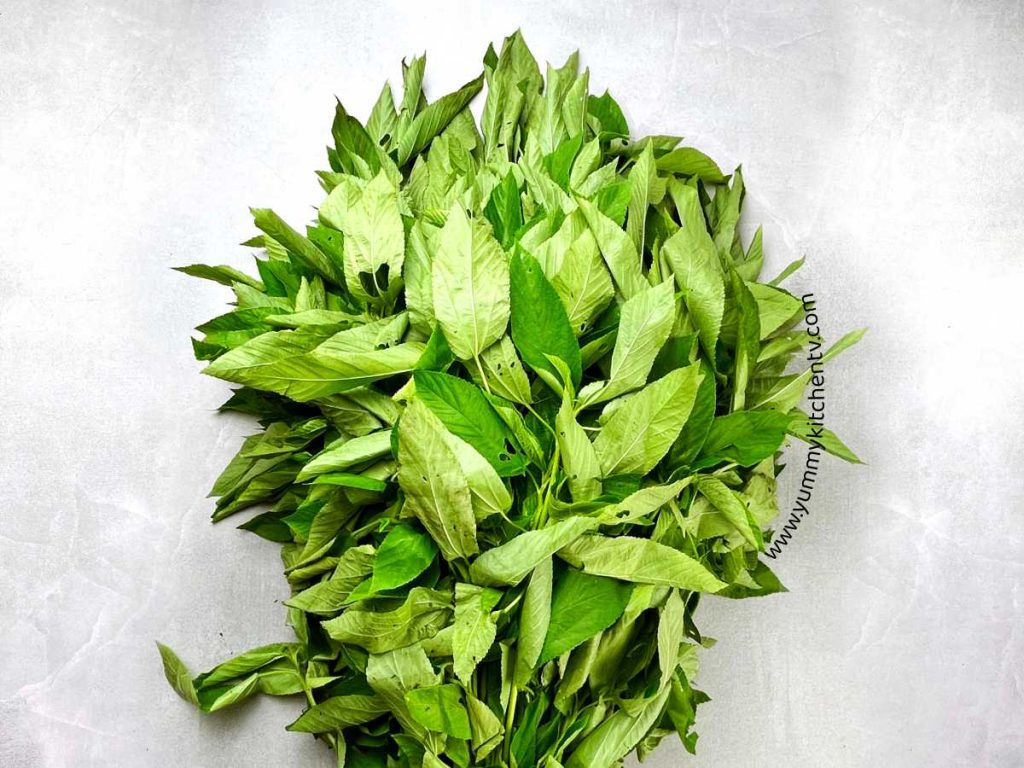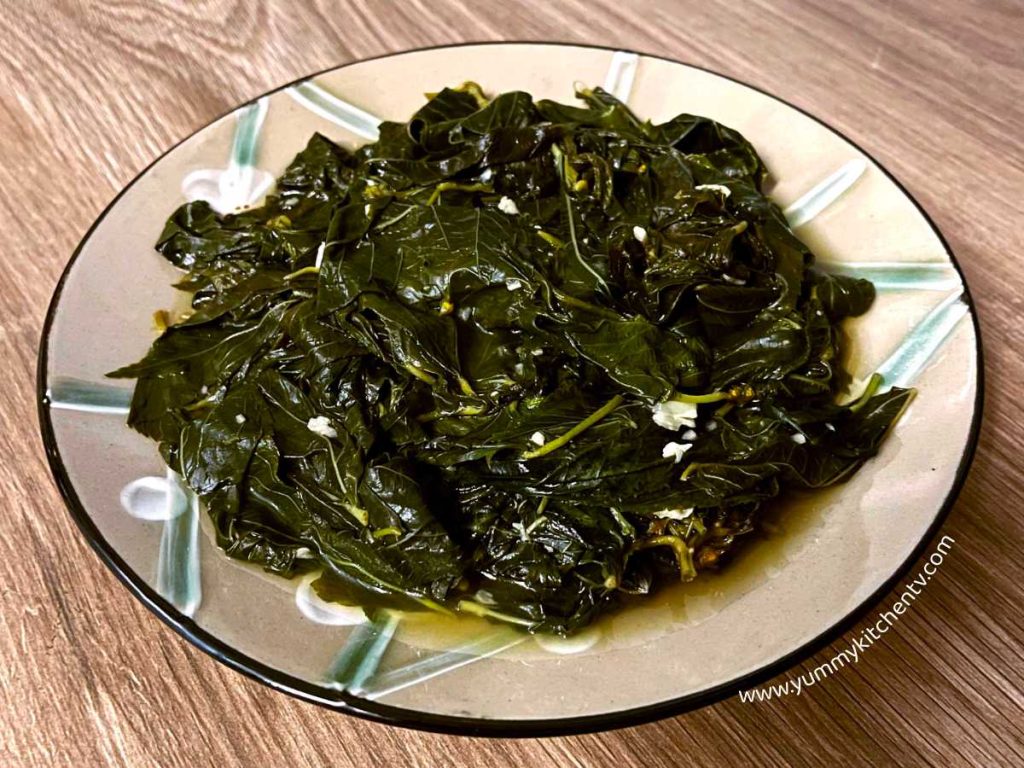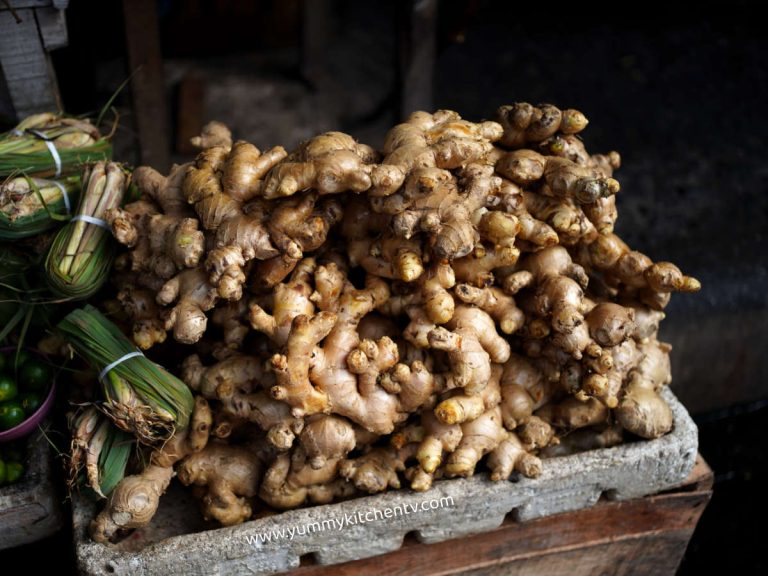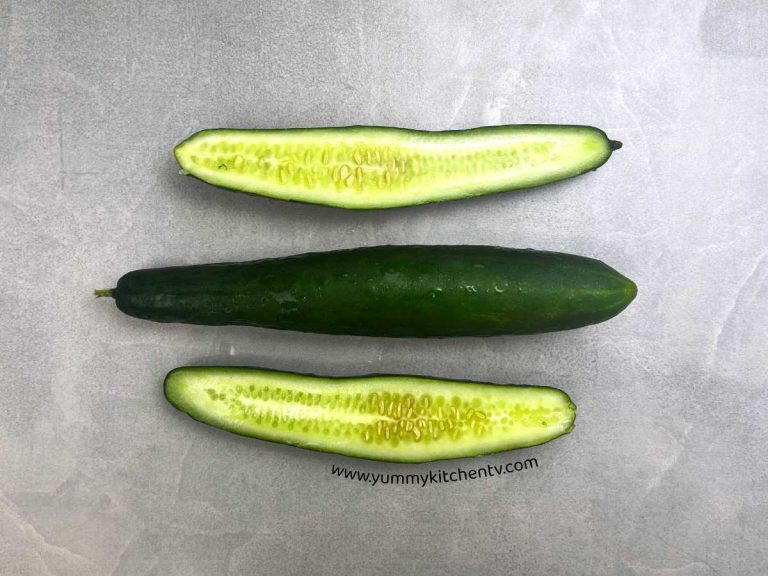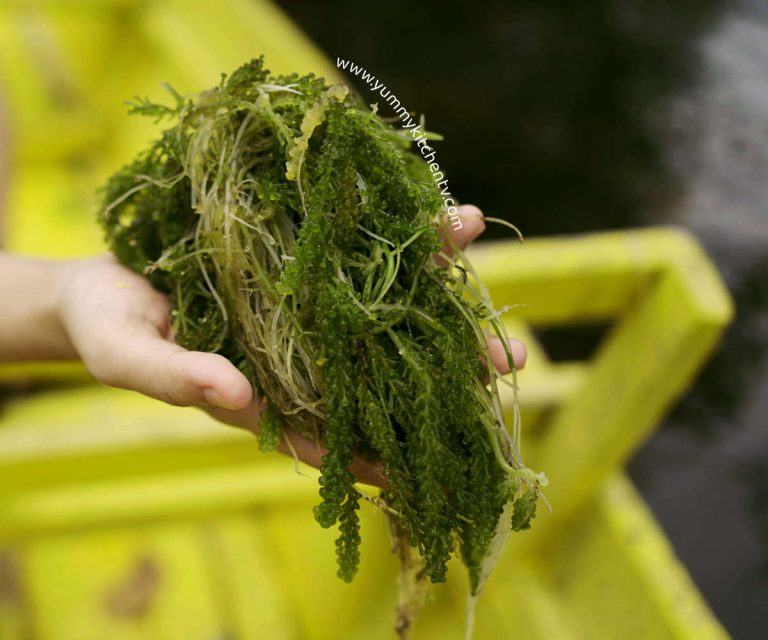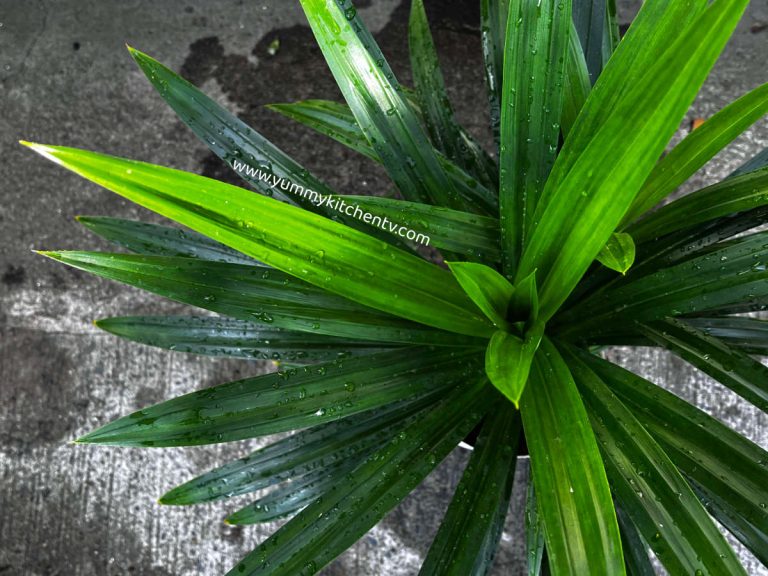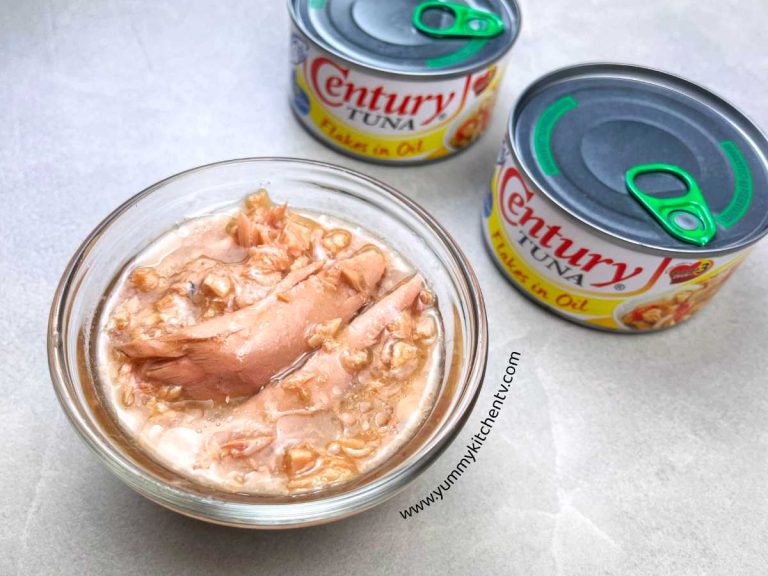Saluyot (Nalta Jute)
Saluyot, or in English ‘Nalta Jute’, is a leafy herbal plant you can easily find anywhere in the Philippines. While it is a common vegetable eaten by every Filipino, it is a plant that can also be found in many tropical or subtropical weather countries. The Saluyot has many medicinal uses, known for the good amount of fiber content, Vitamin A and C, flavonoids, antioxidants, tannins, saponins, steroids, that has anti-inflammatory properties, protect from cell damage, and encourages bone health.
A short Introduction
The Saluyot vegetable (or the Nalta jute scientific name Corchorus Olitorius) is an annual herb called many names such as ‘Jew’s mallow’, ‘ayoyo’, ‘edewu’, ‘rau day’, and many other names. Part of the Malvaceae or ‘mallow’ family of flowering plants, these grow to a height of 1.5 meter high, have slightly woody branches that grow toothy edged leafy stalks from small yellow flowers. During the vegetation period, these are harvested several times by pruning (around 6 weeks after), depending on the quality the leaves, these regenerate a good amount.
A popular vegetable found in the Middle East, Southeast Asia, and West Africa. While there are no known origins of where this plant came from, researchers consider them to have come from India or the Indo-Burmese area, with a greater genetic version coming from Africa. Records have also shown that these have been cultivated for a very long time, being one of the food sources in Ancient Egypt. You can find them fresh in wet markets, groceries, sometimes even sold dried or frozen in grocery stores. A vegetable that has to be cooked before it matures into a darker colored green that strengthens the bitter taste. When young and ripe, these have mild and tender light green leaves, that turns dark green, with a slightly earthy in taste, and an interesting slippery texture when cooked. How to cook this Saluyot plant? The Saluyot leaves can be found cooked sautéed with aromatics and a few seasonings, added into soups, stews, and curry to be used as a thickener.
Saluyot (Nalta Jute) medical uses and benefits
For the Saluyot nutrition facts; being part of the leafy vegetable diet, a serving of 100 grams of Nalta Jute is equal to 7.5 grams of fiber. The primary source of benefits comes from jute fiber, known to be used as medicine for gonorrhea, dysuria, and cystitis. While this might seem like an unknown leafy vegetable, it is popularly consumed by many Asian households almost regularly, if not weekly. This is because of the Nalta Jute benefits such as:
- Protects the body from cell damage that might cause cancer. Being potent with antioxidants, Vitamin A, C, and E, this also has Omega-3 fats that have anti-inflammatory properties.
- Helps with strengthening the body’s immunity, Vitamin C also helps keep the body from illnesses like the cold and flu. Having a good immunity, prevents damage to the cells, supports skin and hair health, and gives you a livelier complexion, avoiding acne and fine lines.
- Jute leaves also have a good amount of calcium, which keeps the bones and teeth healthy and strong. These also keep bad bacteria at bay, making them especially great for children.
- Promotes weight loss and helps with stomach problems. Being a good source of dietary fiber which assists the body’s digestion, and keeps the body feeling full. This not only helps with avoiding constipation, but also reduces problems like gas and cramping.
- For eye health, being one of the biggest problems as we age. Regular consumption of nutrients like Vitamin B6 and folate found in the Nalta jute plant can help with macular degeneration.
* Saluyot side effects; While there are no known disadvantages, make sure to seek a doctor for any sudden allergic reactions like itchy throat, rashes, difficulty breathing, or tongue swelling.
Is Saluyot good for the kidney?
Yes it is! Being high in antioxidants, vitamins, nutrients, and dietary fiber helps the stomach digest better, making it easier for the heart, arteries and kidney.
Saluyot (Nalta Jute) uses
While the Saluyot vegetable is commonly made into a simple dish, or added into certain recipes. The dried leaves are also used to create weaved bags, sackcloth, paper, or rags, with some, especially in the ancient times using these fibers to create clothes.
An Ilocos favorite
‘Saluyot’ in Tagalog, or ‘Tugabang’ in the Ilocos region, is a popular choice of vegetable in northern Luzon, even mentioned by Ferdinand Marcos as one of his favorite vegetables. It’s a popular choice for many Filipinos, being affordable, filling, and healthy. Great for regular consumption, it can even be added to almost any saluyot recipes for dishes or beverages like saluyot juice, saluyot soup, salad, burger, popularly sautéed with aromatics, or more ingredients like adding ampalaya (bitter gourd), sitaw (string beans), and labong (bamboo shoots) into the dish.


